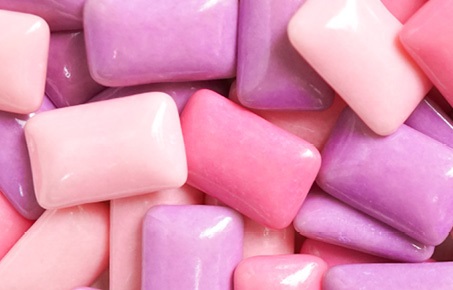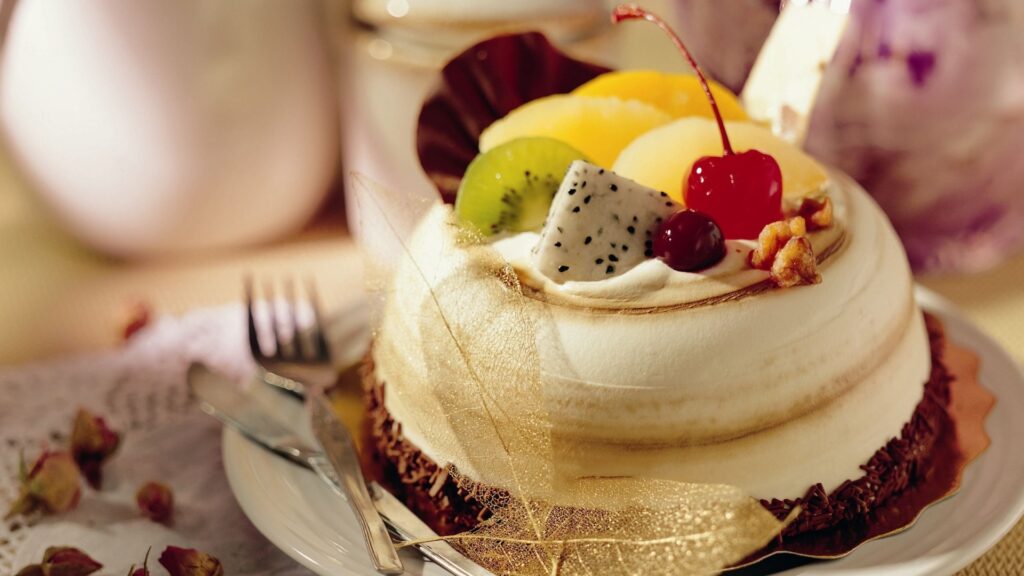Do you like chewing gum? If so, you have the medieval English to thank for it! Chewing gum has been around for centuries, and its origins can be traced back to the colly, a type of medieval confection made from boiled honey and beeswax. The colly was originally used as a way to clean teeth, but it quickly became a popular treat. It was even mentioned in Chaucer’s The Canterbury Tales! Unfortunately, the colly fell out of favor in the 1600s and was replaced by sugar candy. But thanks to a resurgence in popularity in the 1800s, chewing gum is now a common sight all over the world. If you’re curious to learn more about the history of this delicious treat, read on for a closer look at the colly and its place in medieval England.
What is the Colly?
The Colly is a type of medieval chewing gum that was popular during the Middle Ages. It was made from the resin of the mastic tree, which is native to the Mediterranean region. The mastic tree produces a sticky substance known as mastic gum, which was used to make the Colly.
The Colly was believed to have many health benefits and was used to treat a variety of ailments including toothache, indigestion, and sore throats. Chewing on the Colly was also thought to help whiten teeth and freshen breath. This is became so popular that it was even mentioned in medieval literature and songs.
Today, this is not as well-known as it once was, but it still exists in some parts of the world. In Greece, for example, mastic gum is still used to make a type of candy called mastika.
The History of the Colly
This is a type of candy that has been around for centuries. It is made from boiled sugar and molasses, and it has a chewy consistency. It was first mentioned in print in the year 1390, in a cookbook from England. The author of the cookbook, Master Thomas, noted that the Colly was a popular treat among children.
This is became even more popular in the 1500s, when sugar was introduced to Europe. At this time, the Colly was made with honey or syrup instead of molasses. This is became so popular that it was even mentioned in Shakespeare’s plays.
The Colly remained popular throughout the centuries, and it can still be found in some candy stores today. However, it is not as popular as it once was.
How to make your own Colly
In order to make your own Colly, you will need the following materials:
-1 tablespoon of pine resin
-1 tablespoon of beeswax
-1 tablespoon of lanolin
-1 teaspoon of honey
-A few drops of essential oil (optional)
Instructions:
1. Combine the pine resin, beeswax, lanolin, and honey in a double boiler or a glass bowl set over a pan of simmering water. Heat the mixture until it is melted and combined.
2. Remove from heat and stir in a few drops of essential oil, if desired.
3. Pour the mixture into a mold (a silicone ice cube tray works well) and let it cool and solidify.
4. Once it is hardened, you can remove the Colly from the mold and enjoy!
The benefits of chewing Colly
This is is a type of chewing gum that has been used for centuries. It is made from the resin of the mastic tree and has a variety of benefits. Chewing Colly can help to freshen breath, reduce stress, and promote oral health. It can also be used as a digestive aid and to relieve pain. The Colly is a safe and effective way to improve your overall health.
What is the Colly?
The Colly is a type of chewing gum that was popular in medieval times. It is made from beeswax and resin, and is said to have a sweet taste. The Colly was used as a way to freshen breath and clean teeth. It was also believed to have medicinal properties, and was used to treat sore throats and other ailments.
The History of the Colly
The Colly is a type of chewing gum that was popular in medieval times. It is made from the sap of the mastic tree, which is native to the Mediterranean region. The mastic tree produces a resin, which is collected and then chewed.
The word “colly” comes from the Latin word for gum, “masticum”. The first recorded use of the word “colly” in English was in the year 1377. In medieval times, the colly was used as a breath freshener and also as a way to relieve hunger pangs. It was even believed to have medicinal properties and was used to treat toothache and sore gums.
The colly was a popular treat in medieval England and was often given to children. It was also given to guests at weddings and other special occasions.
How to Make a Colly
To make a colly, you will need:
-1/2 cup of honey
-1/4 cup of gum arabic powder
-1 teaspoon of ground cloves
-1/8 teaspoon of salt
Directions:
1. Combine the honey, gum arabic powder, cloves, and salt in a small saucepan over low heat.
2. Cook the mixture, stirring frequently, until it forms a sticky paste.
3. Remove the pan from the heat and let the mixture cool slightly. Once it’s cool enough to handle, knead it with your hands until it forms a smooth ball.
4. Place the ball of gum on a sheet of wax paper and roll it out into a long rope. Cut the rope into small pieces and enjoy!
Pros and Cons of Chewing a Colly
The Colly (or Colum) is a type of chewing gum that was popular in medieval England.
The Colly has many benefits, including:
-It helps to clean the teeth and gums
-It freshens breath
-It can help to relieve stress and tension
However, there are also some drawbacks to chewi
Conclusion
What do you think about the Colly? Would you be willing to try it? Let us know in the comments below!
When it comes to finding the perfect dress, Capatee has got you covered. With a wide variety of styles and trends to choose from, there is a Capatee dress for every occasion. Here are some tips on how to wear a Capatee dress to ensure you look your best:
– For a casual look, pair your Capatee dress with sneakers or flats.
– Dress it up with heels or wedges for a night out or special event.
– Add a denim jacket or cardigan for a more relaxed feel.
– Accessorize with jewelry and a scarf for a touch of elegance.
Conclusion
We hope you enjoyed our guide to the latest capatee dress styles and trends. With so many options available, it can be hard to know where to start when shopping for a new dress. But with our tips in mind, you’ll be sure to find the perfect dress for any occasion. Do you have a favorite capatee dress style? Let us know in the comments below!




